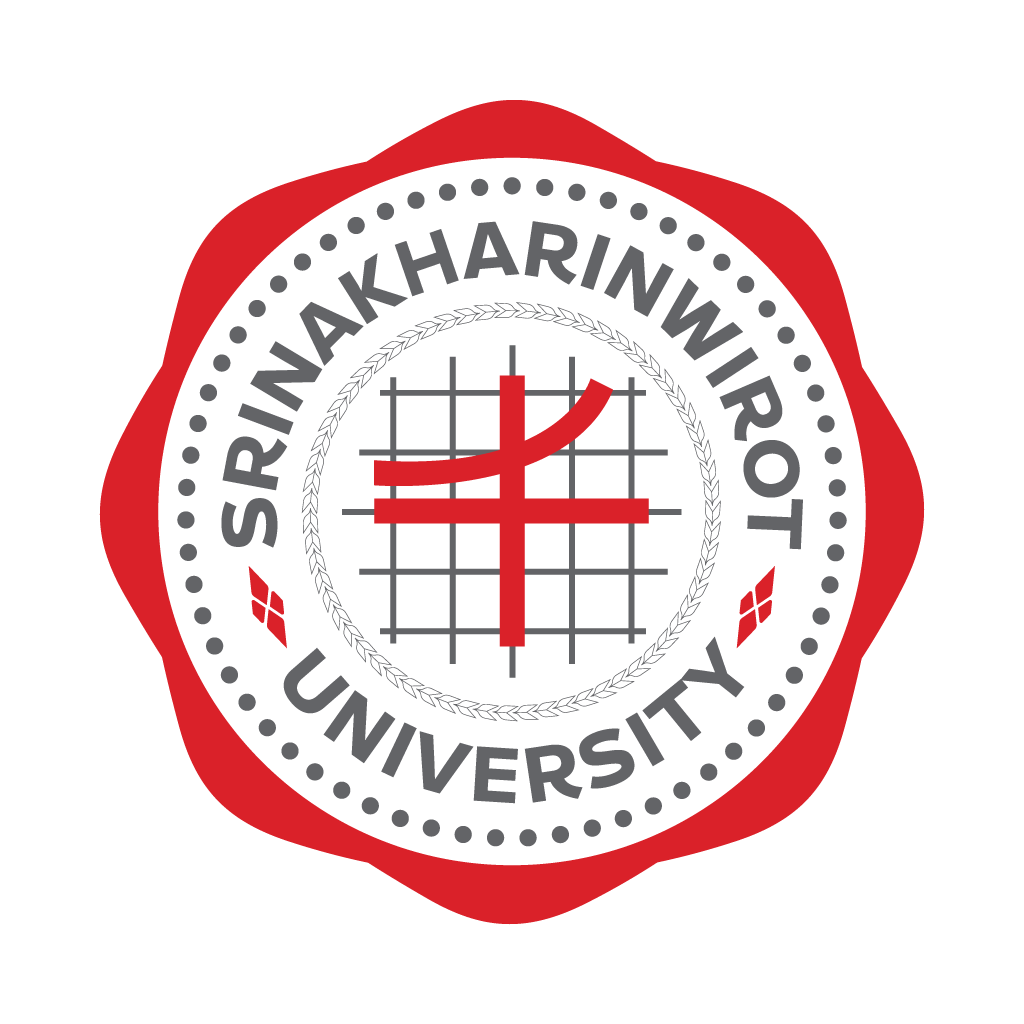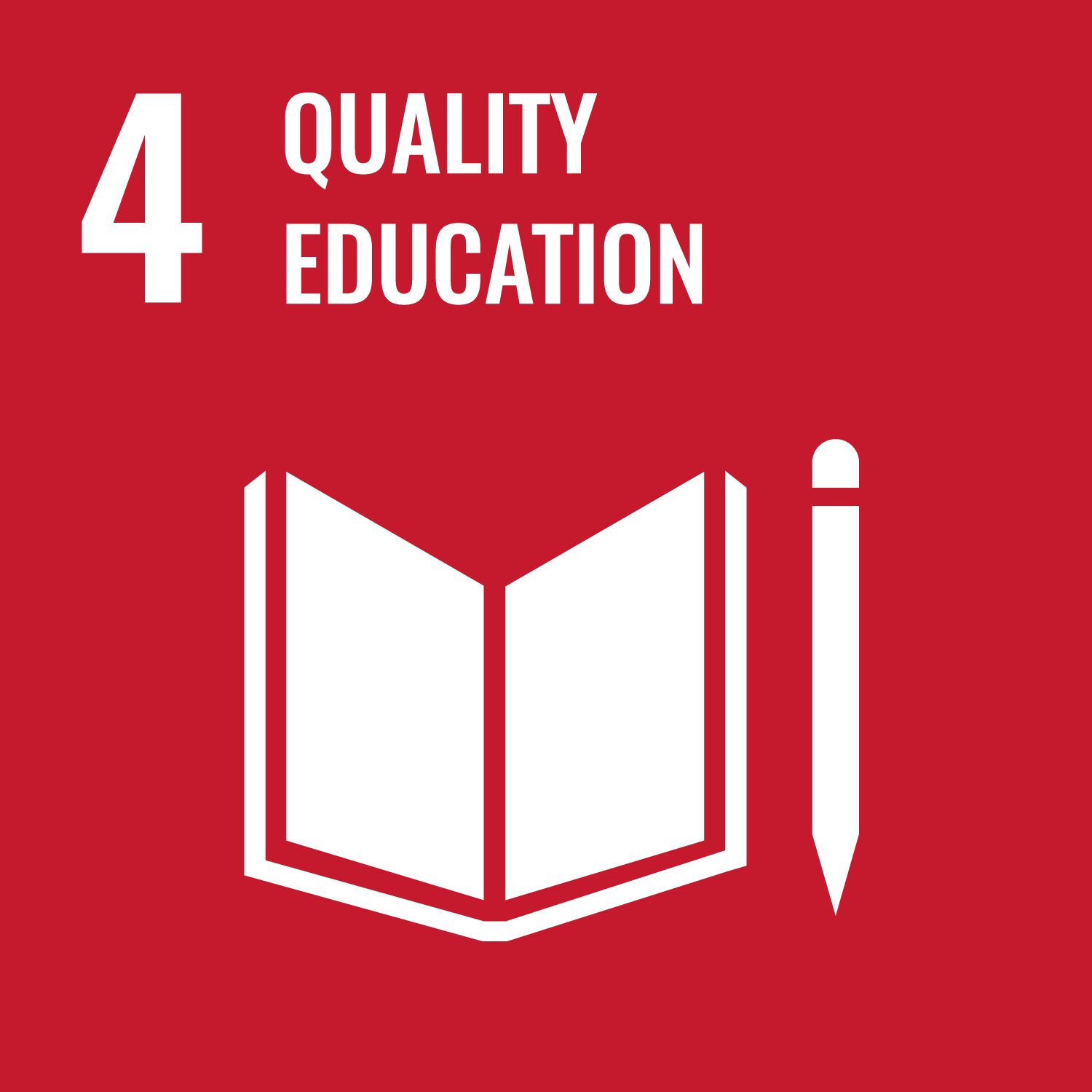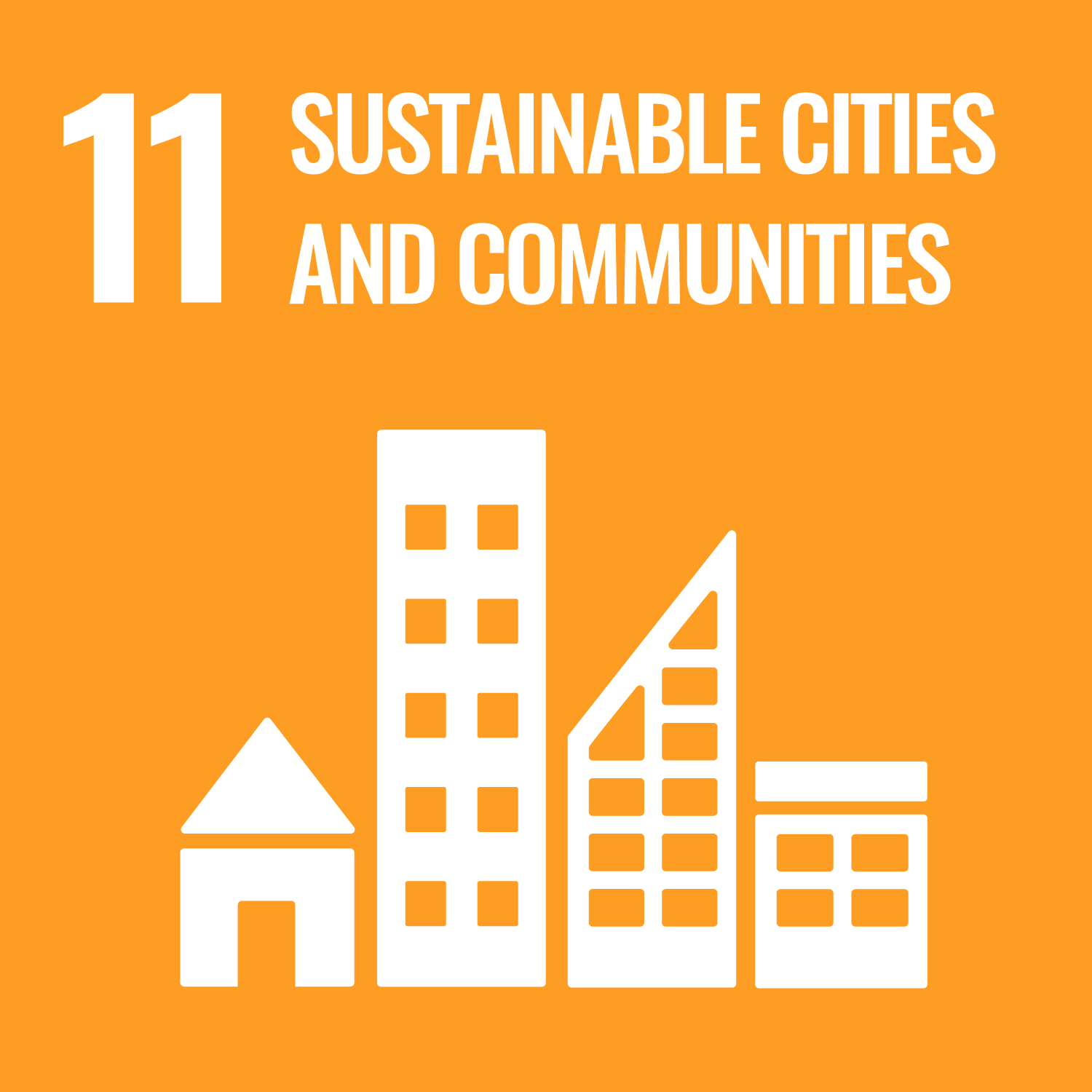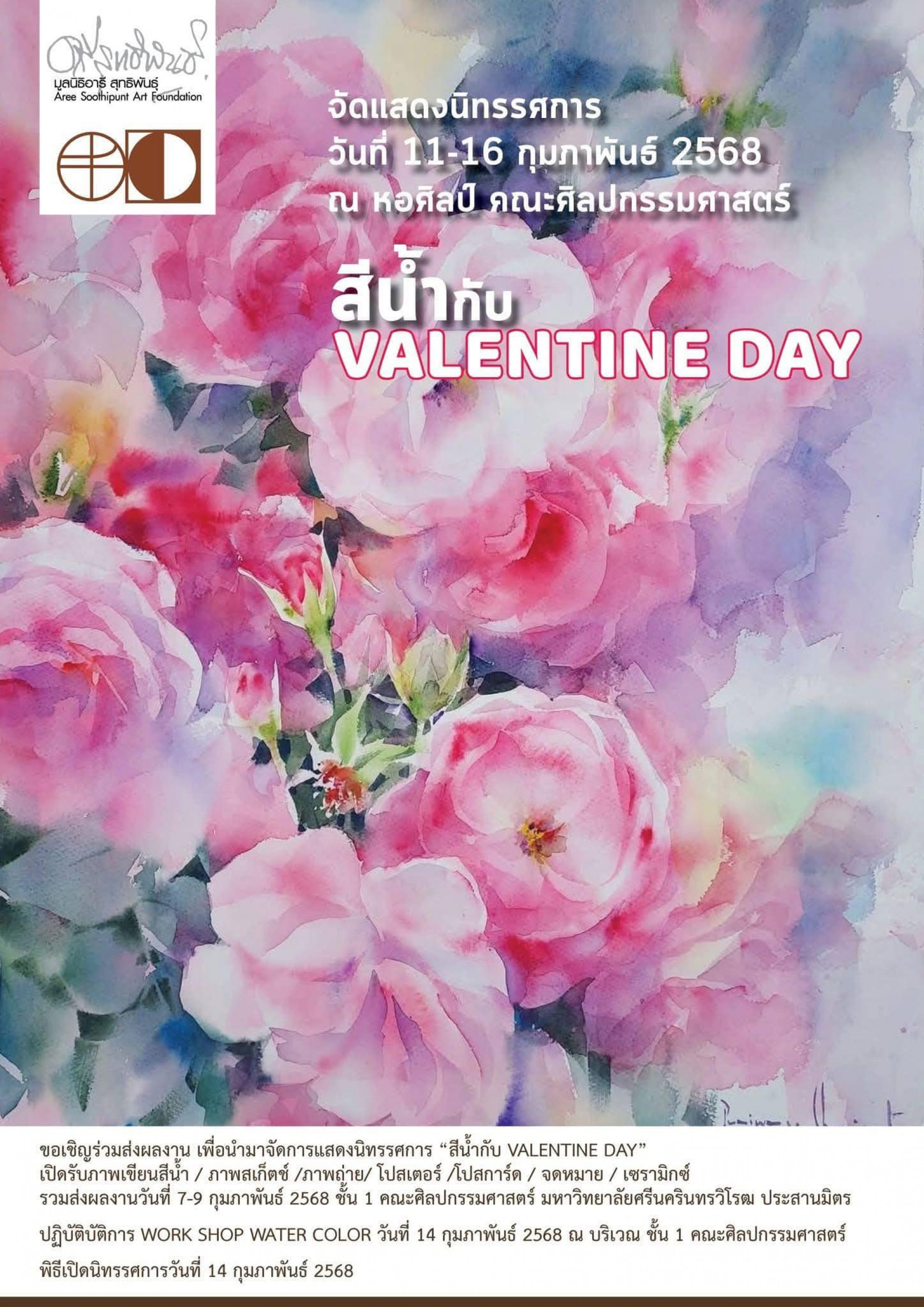





| Target | Indicator | Result |
|---|---|---|

SDG 4
QUALITY EDUCATION
|
||
| 4.1 By 2030, ensure that all girls and boys complete free, equitable and quality primary and secondary education leading to relevant and effective learning outcomes | 4.1.1 Proportion of children and young people (a) in grades 2/3; (b) at the end of primary; and (c) at the end of lower secondary achieving at least a minimum proficiency level in (i) reading and (ii) mathematics, by sex | The watercolor workshop and exhibition supported the creative learning of children and young people. While not directly focused on reading and mathematics, the activities enhanced critical thinking, observation, and creative problem-solving skills, which contribute to building foundational competencies that align with achieving minimum proficiency in education at various levels. |
| 4.4 By 2030, substantially increase the number of youth and adults who have relevant skills, including technical and vocational skills, for employment, decent jobs and entrepreneurship | 4.4.1 Proportion of youth and adults with information and communications technology (ICT) skills, by type of skill | The project promoted lifelong learning for youth and adults by developing skills in presenting artwork through digital platforms and engaging in exhibition-based learning. These activities align with strengthening ICT and 21st-century skills, particularly in communication, creativity, and the use of technology for educational purposes. |
| 4.7 By 2030, ensure that all learners acquire the knowledge and skills needed to promote sustainable development, including, among others, through education for sustainable development and sustainable lifestyles, human rights, gender equality, promotion of a culture of peace and non-violence, global citizenship and appreciation of cultural diversity and of culture's contribution to sustainable development | 4.7.1 Extent to which (i) global citizenship education and (ii) education for sustainable development, including gender equality and human rights, are mainstreamed at all levels in (a) national education policies; (b) curricula; (c) teacher education; and (d) student assessment | The initiative integrated the principles of education for sustainable development by using art as a medium to foster creativity, cultural appreciation, and awareness of heritage. It encouraged respect for diversity, human rights, and sustainability, aligning with the mainstreaming of global citizenship education and sustainable development in learning processes. |
| 4.a Build and upgrade education facilities that are child, disability and gender sensitive and provide safe, non-violent, inclusive and effective learning environments for all | 4.a.1 Proportion of schools with access to (a) electricity; (b) the Internet for pedagogical purposes; (c) computers for pedagogical purposes; (d) adapted infrastructure and materials for students with disabilities; (e) basic drinking water; (f) single-sex basic sanitation facilities; and (g) basic handwashing facilities (as per the WASH indicator definitions) | Hosting the workshop and exhibition within a university equipped with appropriate infrastructure—such as electricity, internet access, and educational facilities—demonstrated the importance of safe and accessible learning environments that enable equal opportunities for engaging with art and education for all participants. |

SDG 11
SUSTAINABLE CITIES AND COMMUNITIES
|
||
| 11.4 Strengthen efforts to protect and safeguard the world's cultural and natural heritage | 11.4.1 Total expenditure (public and private) per capita spent on the preservation, protection and conservation of all cultural and natural heritage, by type of heritage (cultural, natural, mixed and World Heritage Centre designation), level of government (national, regional and local/municipal), type of expenditure (operating expenditure/investment) and type of private funding (donations in kind, private non-profit sector and sponsorship) | The watercolor workshop and exhibition align with SDG 11.4.1 by representing an investment in the preservation and promotion of cultural heritage through art education and public engagement. Although primarily supported at the institutional and community level, the project channeled resources—both financial and in-kind—from the university, participants, and partners into organizing exhibitions and workshops. This not only conserved and showcased artistic heritage but also created inclusive cultural spaces that ensure continued access to and appreciation of Thai art, reflecting expenditure toward protecting and sustaining cultural heritage for future generations. |
The “Saen Saeb Model” Academic Service Project: Watercolor Workshop and Valentine’s Day Exhibition provided a creative platform for 121 participants of all ages to learn watercolor techniques, gain artistic skills, and apply this knowledge to their own creations. Complemented by a seven-day exhibition featuring works from participants and students, the project enhanced access to art, fostered cultural inspiration, and promoted lifelong learning. With a satisfaction rate of 98%, the initiative successfully demonstrated the university’s role in delivering academic services to society. Aligned with SDG 4, it supported inclusive and quality education by advancing artistic skills and fostering sustainable learning opportunities, while also contributing to SDG 11 by preserving cultural heritage, strengthening community engagement, and leveraging local art as a source of identity and sustainable development.
The project generated multi-level impacts: for the community, 121 participants across all age groups gained artistic knowledge and skills through watercolor workshops and exhibitions, fostering creativity, self-expression, cultural exchange, and greater access to Thai art; for the university, it allowed students and faculty to apply artistic knowledge in practice, enhancing teaching, academic service, and community collaboration while strengthening the institution’s role in cultural promotion; and at the national level, it contributed to preserving Thai cultural heritage, developing human resources in art and creativity, and advancing Thailand’s Soft Power. These outcomes align with SDG 4 by ensuring inclusive, quality education and lifelong learning, and with SDG 11 by promoting cultural heritage preservation and sustainable community engagement.





